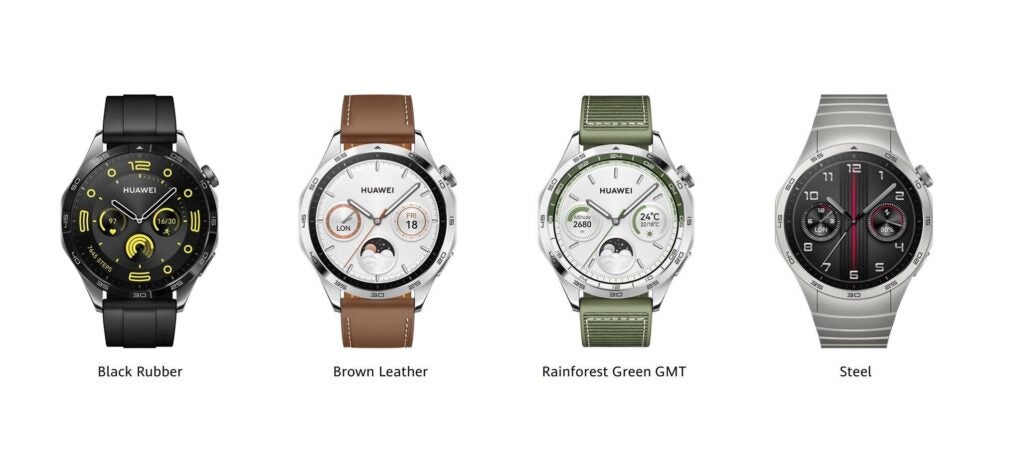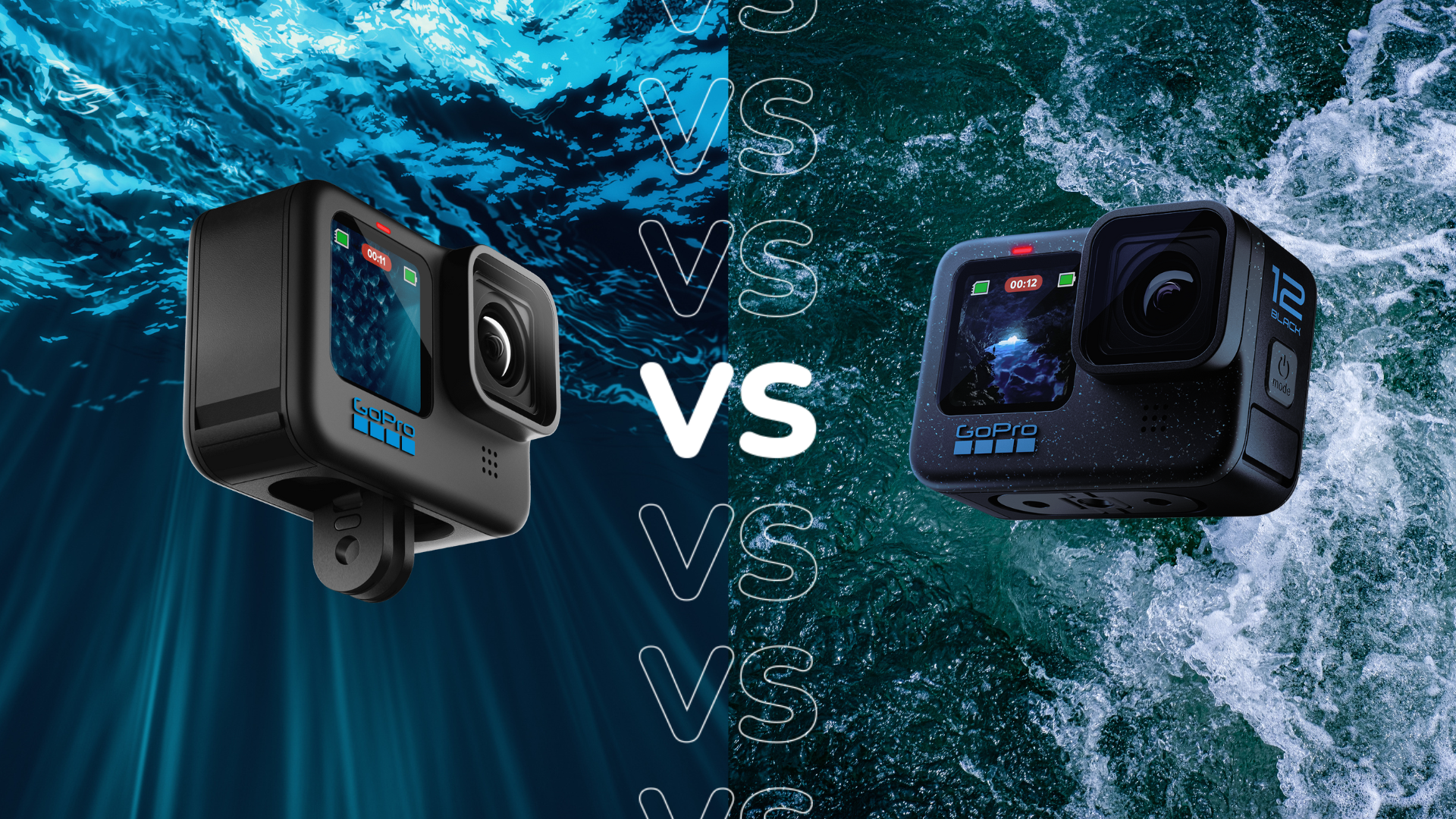Huawei Watch GT 4 vs Huawei Watch GT 3: Is new always better?

Wearable enthusiasts have many options, from the newly announced Apple Watch Series 9 to the soon-to-be-released Huawei Watch GT 4.
Huawei has been steadily adding to its Watch GT line, with the fourth-generation model getting its reveal at a dedicated event in Barcelona.
The Huawei Watch GT 3 was an excellent successor to the Watch GT 2 in many ways, but due to some niggling issues we were only able to award it a 3.5-star rating. With that in mind, we’re hoping that the next-generation model is able to iron out any long-standing problems to make it a wearable worthy of entering our best smartwatch roundup.
With another Huawei wearable up for grabs, we think it’s worthwhile running through all the critical differences between the Huawei Watch GT 4 and its predecessor, the Huawei Watch GT 3. Keep reading to find out everything you need to know about these two models.
A fashion-forward approach to the Watch GT 4
Huawei is pushing its latest Watch GT 4 as a fashion-forward solution to wearables. It’s been touted as an elegant and sophisticated timepiece that can be worn in the office before being taken to the gym for health tracking. The two models – 46mm and 41mm – come with different wrist straps, which sit at different prices.
The 46mm can be found in Black Rubber (£229.99/€249), Brown Leather (£249.99/€269), Rainforest Green GMT (£249.99/€269) and Steel (£299.99/€349). The smaller 41mm model comes in White Leather (£299.99/€349), Milanese (249.99/€299) and the most expensive, Two-Tone Piano Key (349.99/€399).
The Watch GT 3 comes with its own colourway selection, but the straps are shared between the 42mm and 46mm models. It can be bought in Black Fluoroelastomer (£179.99), White Leather (£199.99), Light Gold Milanese (£229.99), Stainless Steel (£249.99) and Brown Leather (£179.99).
Overall, the Watch GT 4 has more expensive strap options, but you can save a little money by opting for a more affordable wrist strap or the smaller, 41mm, size.

Improved TruSeen technology on the latest wearable
One of the biggest new features of the Huawei Watch GT 4 is the improved TruSeen 5.5+ heart rating monitoring technology. Huawei claims that TruSeen 5.5+ brings better precision and efficiency for analysing daily health monitoring and workout performance. Thanks to deep AI learning, heart readings should be more accurate in different scenarios, giving its users a better view of their overall well-being.
The Watch GT 3 came with the previous version of this software, TruSeen 5.0+. We found that the heart rate monitor did a great job of tracking the fitness level of our reviewer and was on par with our dedicated chest strap monitor. TruSeen 5.5+ should make these results even more reliable and hopefully will have better versatility over different exercises.
Quoted 14-day battery life on the Watch GT 4
Huawei has quoted the same battery life for both the Watch GT 3 and Watch GT 4 models; the 46mm model has about 14 days of battery in light-use scenarios, with the smaller model boasting a seven-day battery life.
However, we found that the Watch GT 3 fell short of these claims. We used the 46mm model and it managed to last almost 11 days exactly. While this is still admirable for a smartwatch, it isn’t nearly as long as Huawei claims. Until we test the Watch GT 4 we cannot make any claims on its battery life, but we hope that it can stand up to its lofty 14-day promise.

The Watch GT 4 comes with enhanced period tracking
More companies are starting to include smart menstrual cycle tracking features on their wearables to help their users better manage their cycles.
The Watch GT 3 opted to use the calendar method for cycle counting. This relied on the user entering their own cycle information manually, with the option to schedule reminders of when they think their period is going to start. This system can be effective but since it needs to be done by the user, it can be affected by human error, and may not work as well for those who have irregular cycles.
Huawei has improved on this by implementing the latest 3.0 version, which analyses a user’s physiological indicators to better understand their body. This includes heart rate during sleep, body temperature and breathing rate, among others, to better predict menstrual cycles. Huawei claims that this new system can even accurately identify the cycles of people who suffer from hormonal and reproductive issues that impact the regularity of their period.







